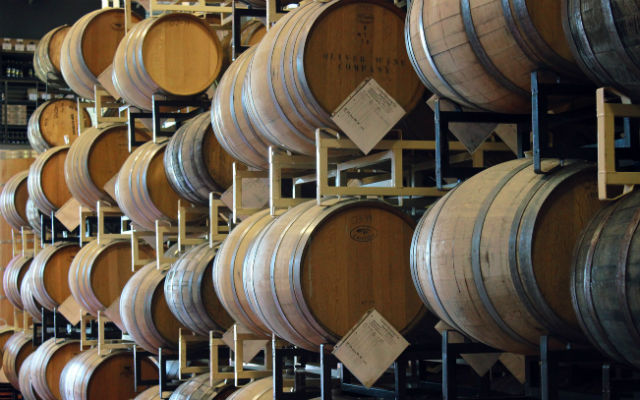
Just like barrel aging a great beer, this piece starts last March at the 2017 Indiana Craft Brewers Conference.
Four brewers held a barrel-aging panel, led by Upland Brewing‘s VP of Brewing Operations, Pete Batule, along with Drew Fox, the President and Head Brewer of 18th Street Brewery; Andrew Hood, the Wood Handler for Sun King Brewery; and Austin Smythe, the Head Brewer and Production Manager for Kentucky’s Against the Grain Brewery. The quartet shared some thoughts and insight on their programs.
For Batule, there was an evolution over several years. He started at the brewery in 2012 and came in as a fresh set of eyes with some sensory training in the past, but none that was formal.
“I wanted to understand better what our barrels are tasting like,” he explained. “We had just one person tasting and it was inconsistent.”
So Batule put in some structure, having three people: himself, the head brewer and the quality manager to meet weekly or at least bi-weekly to taste barrels. Batule developed a sensory log.
“We would track pH levels as well to try to understand the cellar better,” he said. “That’s when we could ID that some barrels were not usable. We dumped a lot and adjusted from there.”
Smythe said that at Against the Grain, note taking is quick.
“We will pull a sample from all barrels for production, even just two and a half weeks in,” he explained. “Take quick notes, nothing to in-depth.
“Once you start thinking about things, you can start to convince yourself you aren’t tasting an off flavor.”
The Upland group went from three to five or six over the years to help expand palate and also establish what Batule said is a common language for the group to taste and explain their thoughts through similar descriptors, which was important.
Adam Covey, the brewery’s quality manager, took formal sensory training and helped train his group to develop a language so the whole team of tasters could be able to spot flaws in one of the three base beers that Upland uses prior to blending and barreling.
Now, the sensory program tries to meet weekly, Batule said.
“Sometimes we don’t tell people what they are tasting or what we are looking for from it,” he explained. “We are still in the thick of that. It’s taken us a long time to move into a more and more refined process for tasting.
“Over the years we are dialed into what our base beers should taste like and if we do a blend, there are some guys here that can run with that. Even then we still run [those blends] through sensory just to get a set of palate on it to make sure it’s on point.”
For 18th Street’s Fox, he noted that that smaller breweries that might not have the amount of people in house to be tasters to find trusted people outside the brewery to help taste.
“It’s always good to have individuals in this industry that you trust to give you feedback,” he said. “Maybe it’s 3 or 4 people you align yourself with and trust their honest feedback. If you don’t have a lab or a palate of individuals on your own team, it’s always best to outsource sensory a bit until you have a team that can help you get that feedback.”Batule explained to the group of Hoosier brewers at the conference that Upland has three stages to label a barrel they don’t dump: Excellent, Blender and Wait.
Excellent barrels can stand on its own in a bottle; Blender may have something meek, not complex or perhaps not as many layers of acidity that the group is looking for; while Wait barrels have nothing interesting going on and need more time to develop before making a decision.
“For me, there are times were we could have a debate on if it will get any better,” Batule said. “We do wait a lot. If it’s been three years and it still doesn’t show signs, then we dump it. Some do clean up, but usually, if it’s more than six months, we can tell if it’s going to be usable.”
He noted that as the brewery’s cellar environment has become more stable and barreling processes have matured, Upland doesn’t have the challenges it used to have.
“If it’s a vinegar bomb, we dump it,” he said. “But if there is a light sulfur or acetaldehyde — not way out of whack — but something that can clean up as fermentation continues, we can wait.”

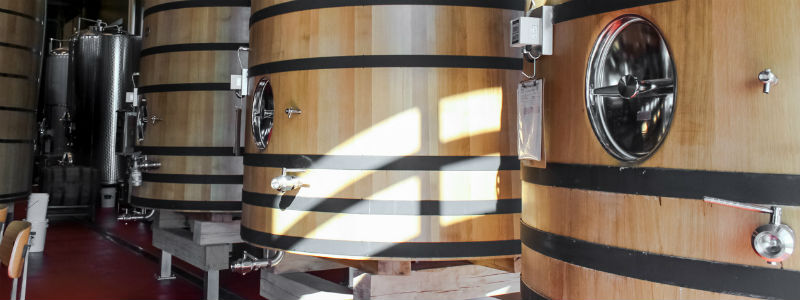
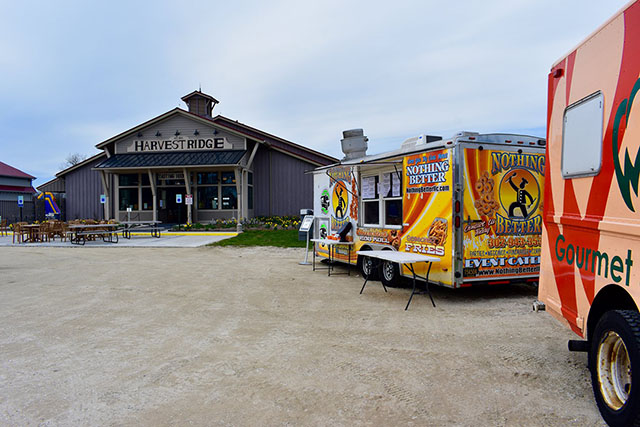
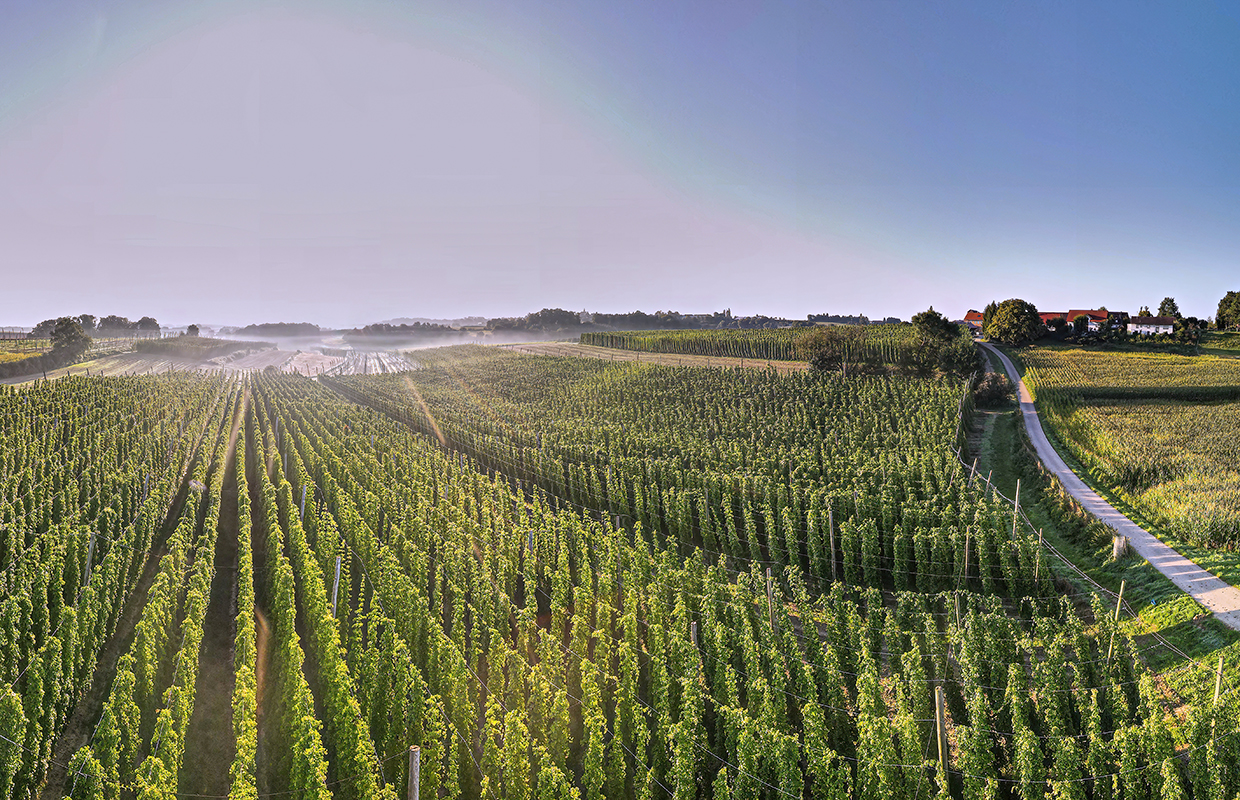
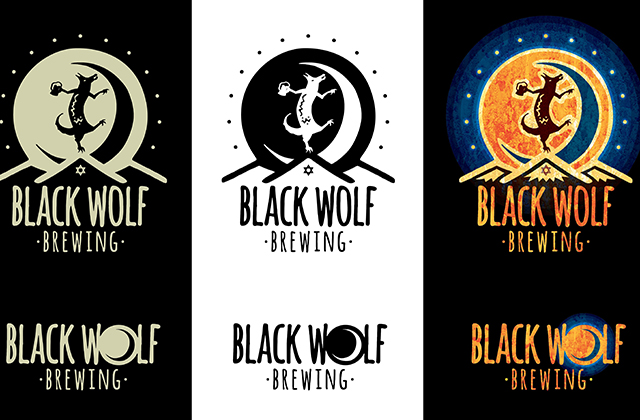
Be the first to comment